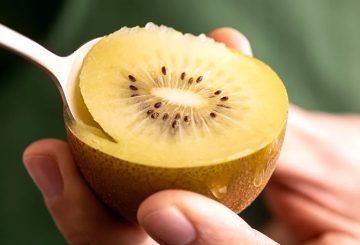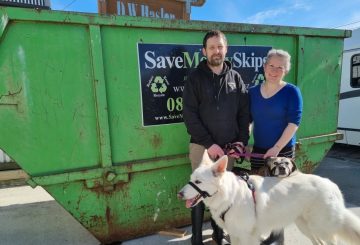Ang mga residente ng Te Puke, na kilala bilang kabisera ng kiwifruit ng New Zealand, ay nagtitipon upang manalangin para sa panahon ng kiwifruit. Ang ideya ay inspirasyon ng mga tao sa isang bayan ng Waikato na nanalangin para sa kanilang industriya ng gatas. Nag-host ang Orchard Church sa Te Puke ng isang pagtitipon ng halos 40 katao noong Marso 14 upang manalangin para sa pag-aani ng kiwifruit ngayong taon.
Ipinaliwanag ni James Muir, ang tagapag-ayos ng 2024 Te Puke kiwifruit na panalangin, na 41% ng mga halaman ng kiwifruit ng New Zealand ay nasa Te Puke, na ginagawang mahalaga ang industriya sa pamumuhay ng mga lokal na residente. Nabanggit din niya na ang rehiyon ng Bay of Plenty, na naglalaman ng 79% ng mga halamanan, ay napunta nang husto noong nakaraan ng sakit, matinding panahon, hindi magandang polinasyon, at pang-internasyonal na krisis sa ekonomiya.
Ang mga puntos ng panalangin para sa 2024 ay napagkasunduan ng mga lokal na tagagawa sa Te Puke at isang kinatawan mula sa New Zealand Kiwifruit Growers Association Incorporated (NZKGI). Pagkatapos ay ipinaalam ng NZKGI sa lahat ng 2800 tagagawa ng kiwi sa New Zealand na nagdarasal ang mga simbahang Kristiyano para sa industriya at hinikayat silang sumali.
Nakatanggap din ang mga pulong ng panalangin mula sa mga opisyal ng lokal na pamahalaan, kasama ang Deputy Mayor John Scrimgeour at ang huli na konselyor na si Richard Crawford ay dumalo sa pagtitipon ng Marso Sinabi ni James Muir na marami pang iba ang sumali sa mga panalangin, na magpapatuloy hanggang sa katapusan ng ani noong Hunyo o Hulyo.
Ang mga panalangin ay nakatuon sa kaligtasan at kapakanan ng mga tagagawa at kanilang pamilya, pati na rin ang higit sa 20,000 manggagawa sa industriya. Nanalangin din sila para sa kalidad ng ani ng prutas, maayos na kooperasyon sa pagitan ng mga manlalaro ng industriya, at karunungan para kay Zespri at ng gobyerno sa pagsubaybay sa mga isyu sa ekonomiya at pera. Nanalangin din sila para sa magagandang kondisyon ng panahon at isang posibleng pagtaas sa inaasahang ani ng 190 milyong tray noong 2024.
Plano ni Muir na mag-host muli ng kaganapan sa panalangin sa Te Puke noong Pebrero sa susunod na taon. Binanggit din niya ang posibilidad ng isang kaganapan sa pagdiriwang sa pagtatapos ng kasalukuyang panahon ng pag-ani noong Hunyo o Hulyo.






























































